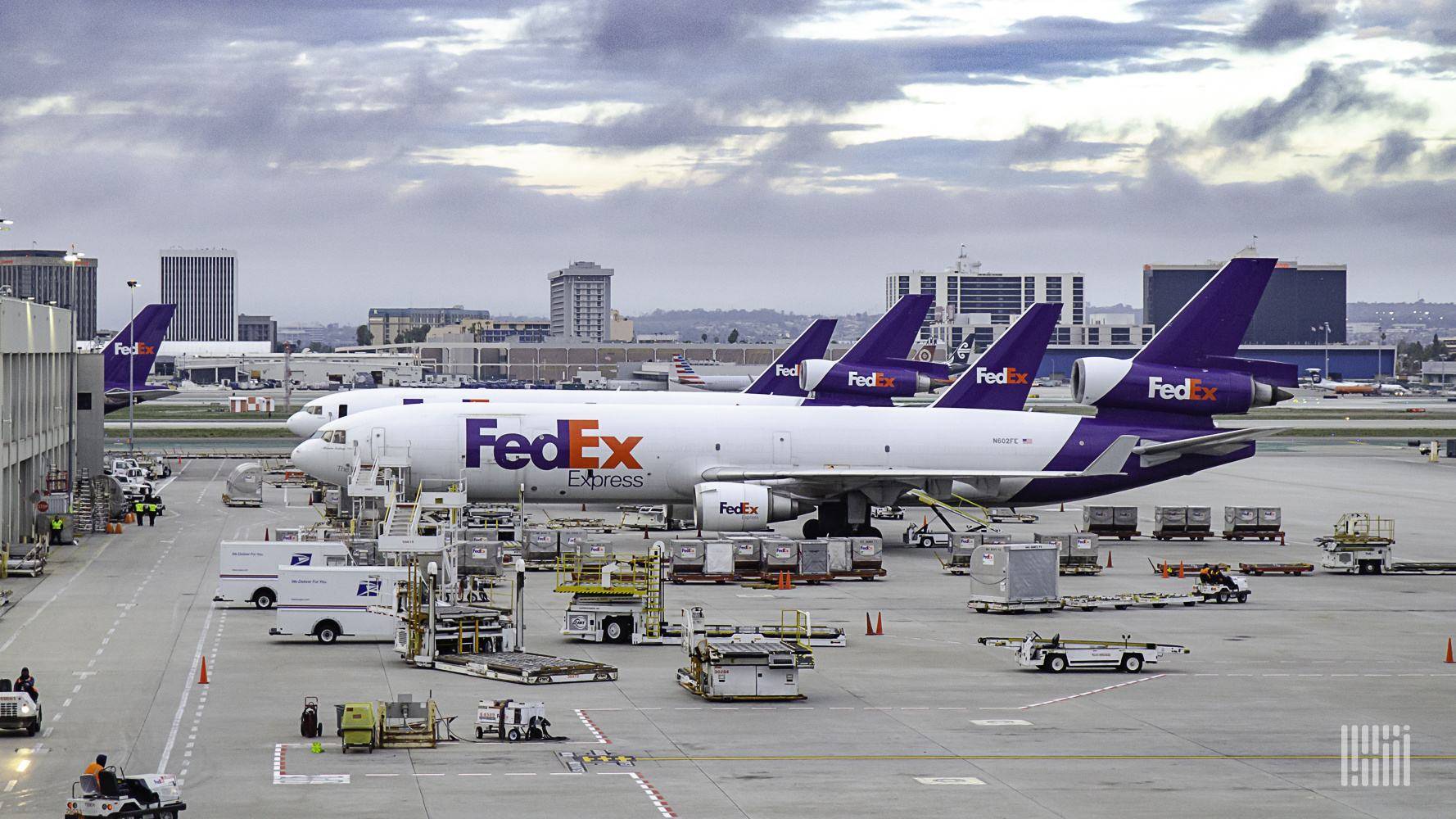
Precautions for Shipping Clothing to the United States by Sea
- Time of issue:2025-07-27
Precautions for Shipping Clothing to the United States by Sea
- Time of issue:2025-07-27
When it comes to shipping clothing to the United States by sea, several critical precautions must be taken to ensure smooth and efficient delivery. The process can seem complex due to the various regulations, handling procedures, and logistics involved. By following best practices, you can minimize risks such as damages, delays, and high costs.

Understanding U.S. Import Regulations
Before sending clothing items, it’s essential to understand the import regulations in the United States. The U.S. Customs and Border Protection (CBP) agency oversees the importation of goods, including clothing. All shipments must comply with customs regulations and import duties. Failure to adhere to these rules can result in delays or even confiscation of goods.
One of the primary considerations is ensuring that the clothing does not violate any import restrictions, such as the prohibition of certain materials like furs or endangered animal products. Clothing items must also have proper labeling, including country of origin, fiber content, and care instructions. Understanding these requirements will help avoid unnecessary complications upon arrival.
Choosing the Right Shipping Method
Shipping clothing by sea is a cost-effective option for bulk shipments, but selecting the correct method is vital. Typically, goods are shipped in containers that are either full (FCL) or less than full (LCL). If you have a large volume of clothing to ship, FCL may be the better choice, as it reduces handling time and the risk of damage. However, LCL is suitable for smaller shipments, though it involves sharing container space with other goods, which can increase handling time.
Additionally, choosing the right shipping route is essential. Shipping by sea can take several weeks, depending on the origin and destination. It is recommended to work with a reliable freight forwarder who can select the most efficient route based on time and cost considerations.
Packaging Clothing for Sea Freight
Proper packaging is a crucial aspect of shipping clothing by sea. Clothing is often susceptible to moisture, mildew, and other damages during long transit times, especially when traveling by sea. To protect your items, it’s necessary to use high-quality, moisture-resistant packaging materials. Consider using poly bags, plastic wraps, or vacuum-sealed packaging to keep clothing dry and free from external contaminants.
For bulk shipments, clothing should be neatly folded or rolled and organized in cartons. Make sure each carton is sealed properly and labeled with the necessary shipping and customs information. Additionally, ensure that the clothing is packed in a way that minimizes shifting during transit, which could lead to wrinkling or damage.
Handling Documentation and Customs Clearance
When shipping clothing to the United States, accurate documentation is essential for a smooth clearance process. Some of the key documents required include:
1. Commercial Invoice: This is a detailed list of the items being shipped, including descriptions, quantities, and values. It must be precise and match the contents of the shipment.
2. Bill of Lading: A legal document issued by the carrier that serves as proof of the contract between the shipper and the consignee.
3. Packing List: This document outlines how the goods are packed and arranged in the shipping container, which aids in customs inspection and ensures that all items are accounted for.
4. Import Declaration: A form required by CBP that provides detailed information about the shipment.
Working with an experienced freight forwarder can ensure that all documentation is completed accurately and submitted in a timely manner. They can also help with customs clearance, ensuring compliance with U.S. laws.
Managing Potential Delays and Risks
Shipping by sea is often subject to delays due to unforeseen circumstances such as weather, port congestion, or logistical challenges. It’s important to build flexibility into your shipping timeline and communicate with your freight forwarder for real-time updates.
Risk management is also essential when shipping clothing. The long transit time and handling through multiple stages increase the chances of damage. Therefore, purchasing cargo insurance is highly recommended. This insurance will protect your goods in case of loss or damage during transit, providing peace of mind and minimizing potential financial losses.
Choosing a Reliable Freight Forwarder
A key factor in the successful shipping of clothing is selecting a reliable freight forwarder who is familiar with U.S. import regulations and has experience in handling clothing shipments. They can offer valuable insights into packaging, documentation, and route selection, as well as provide proactive solutions in case of any issues.
A freight forwarder can also assist with coordinating inland transportation once the goods have reached the United States, ensuring timely delivery to the final destination.
Conclusion
Shipping clothing to the United States by sea requires careful planning, attention to detail, and compliance with regulations. By understanding the import requirements, choosing the right shipping method, ensuring proper packaging, managing documentation, and selecting a reliable freight forwarder, you can ensure that your shipment arrives safely and efficiently.
The process may seem daunting at first, but with the right approach, you can navigate the complexities of sea freight and ensure that your clothing reaches the U.S. in perfect condition and on time.
ADDRESS: 101 Qinghui International, No. 160 Qisha Ferry Road, Shatian Town, Dongguan City, Guangdong Province
CONTACT NUMBER: 13620081619 / 18680404400
CONTACT PERSON: Shelly / Alan
E-mail: shelly@qhgj56.com
alan@qhgj56.com
Copyright © 2025 QH INTERNATIONAL LOGISTICS LIMITED

